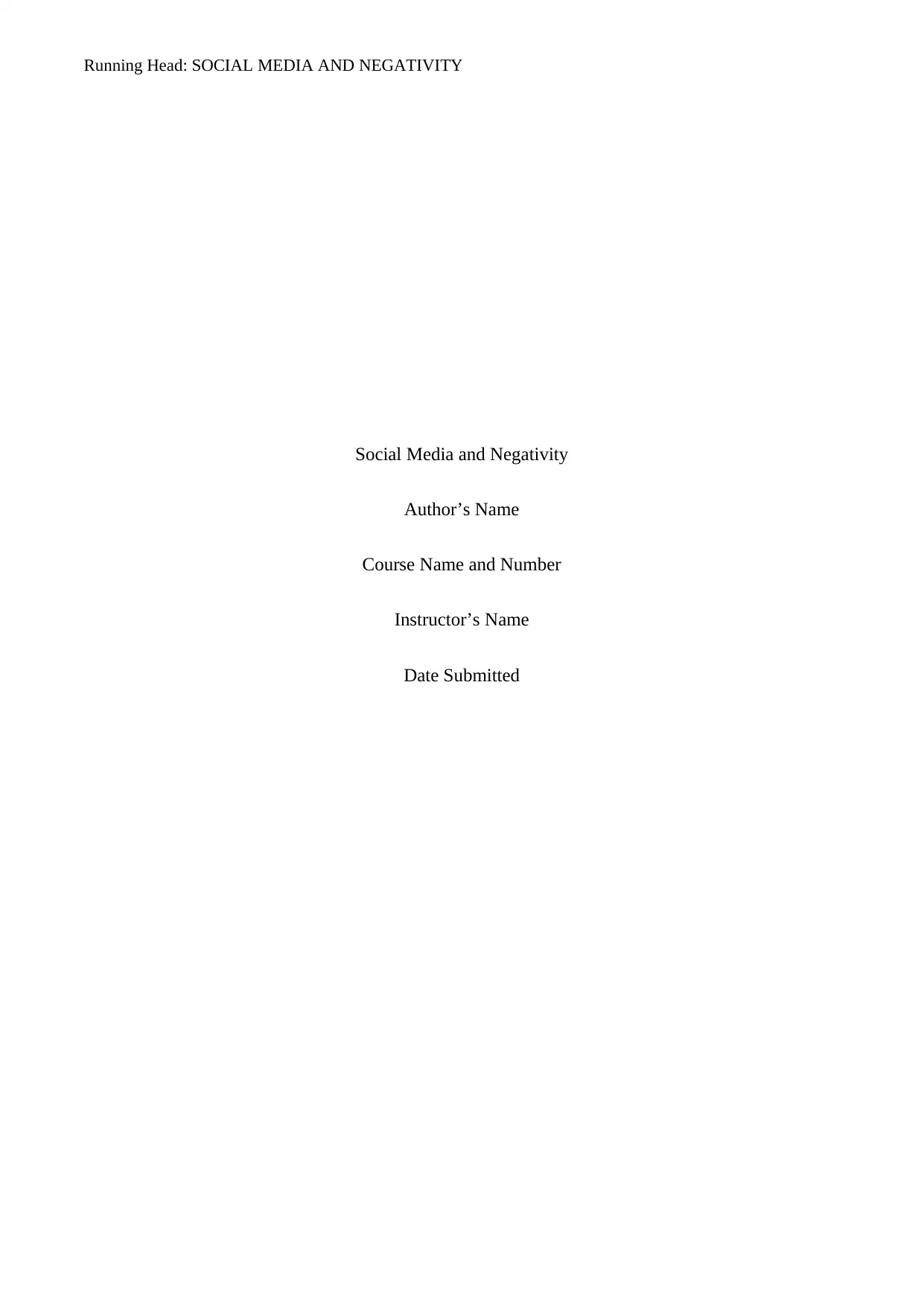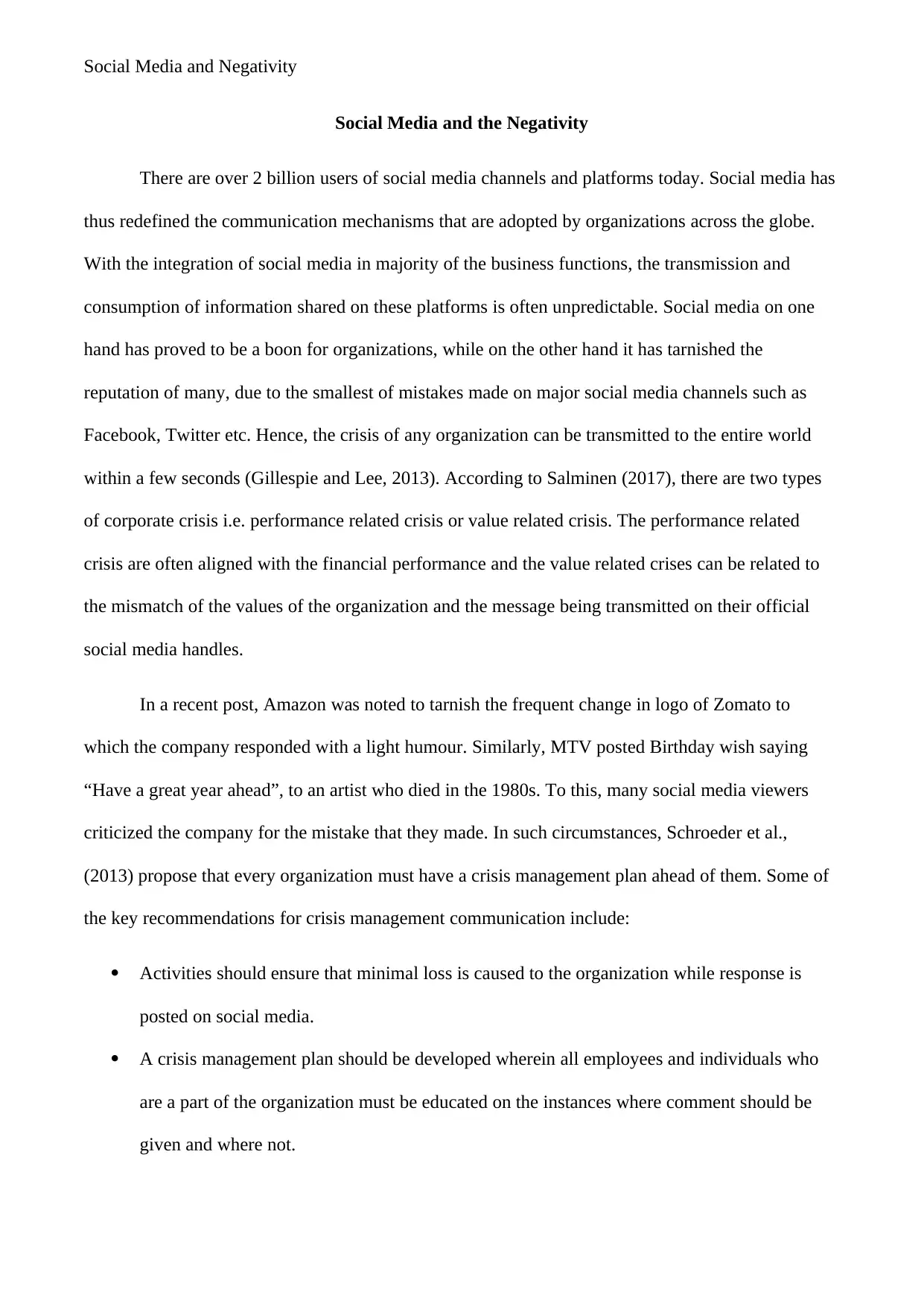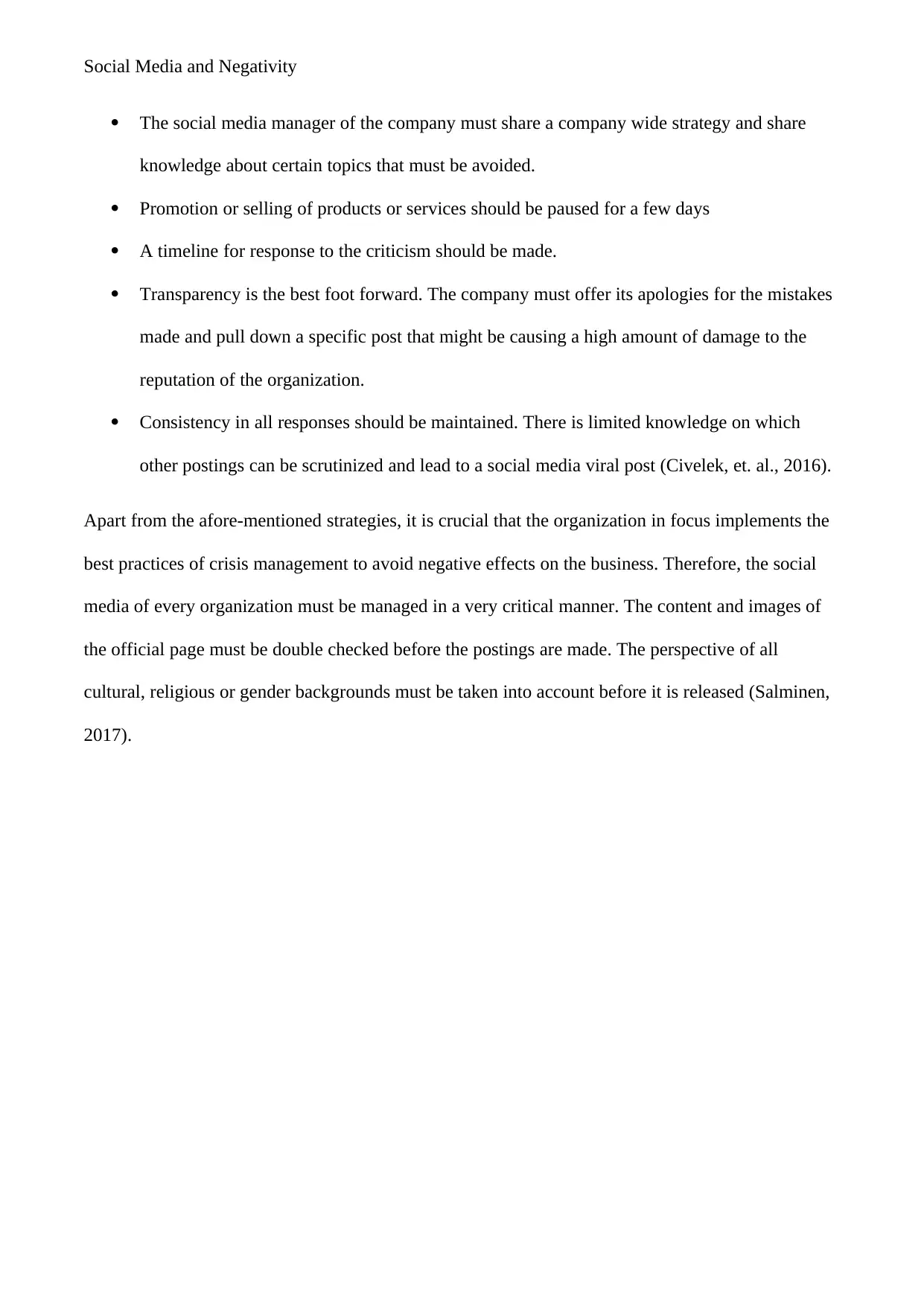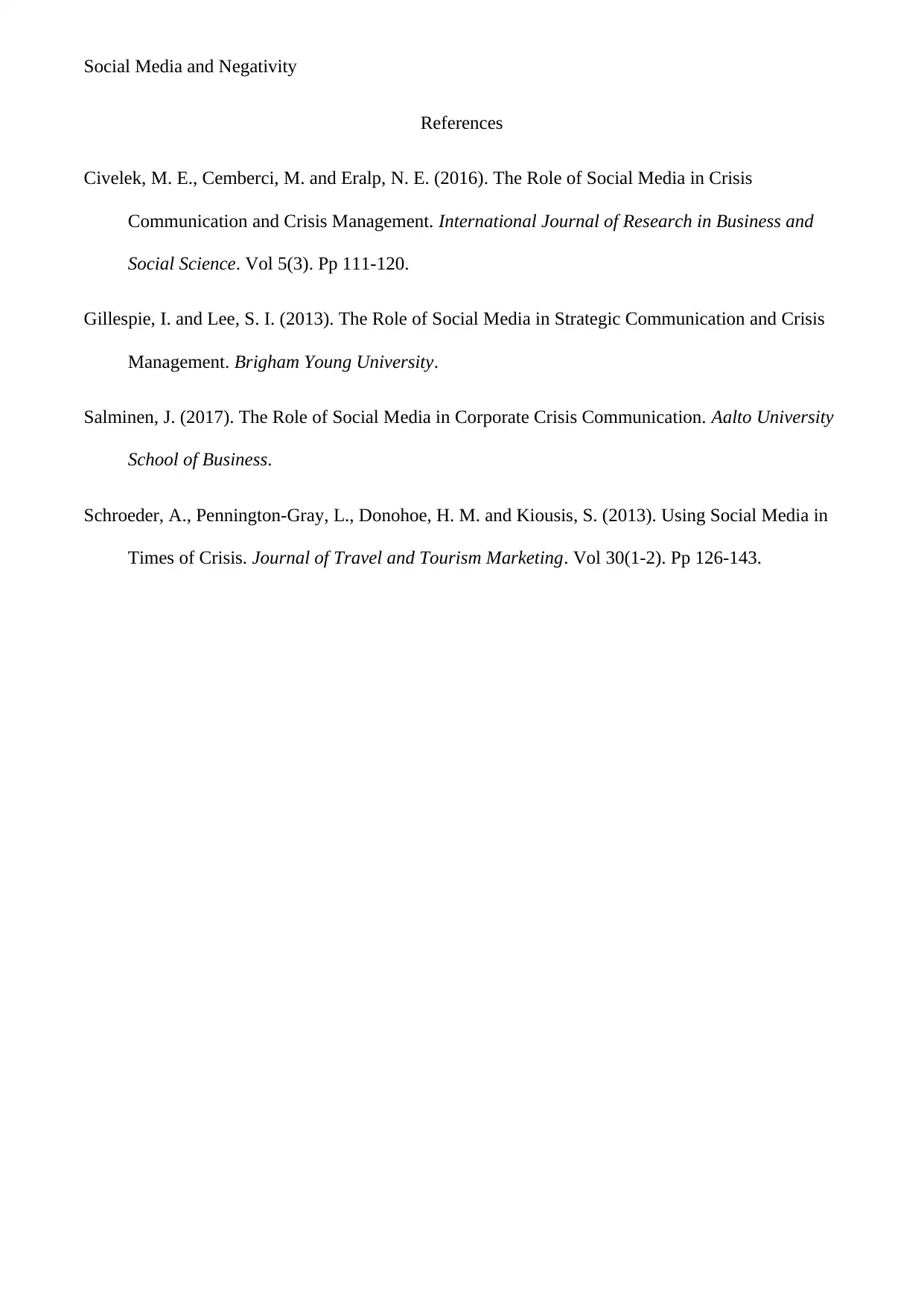Social Media and Negativity: Crisis Management in Marketing
VerifiedAdded on 2022/12/23
|4
|760
|1
Essay
AI Summary
This essay delves into the pervasive issue of social media negativity and its impact on businesses, examining how quickly crises can escalate due to the vast reach of platforms like Facebook and Twitter. It highlights the dual nature of social media, which, while beneficial, can also damage reputations. The essay discusses the two types of corporate crises: performance-related and value-related, and provides examples of brands facing social media backlash, such as Amazon and MTV. It emphasizes the importance of a proactive crisis management plan, including recommendations such as minimizing organizational loss, educating employees, developing a social media strategy, pausing product promotion during a crisis, establishing a response timeline, maintaining transparency, and ensuring consistency. The essay also stresses the need for careful content management and consideration of diverse cultural perspectives to avoid negative impacts on a business's brand.
1 out of 4











![[object Object]](/_next/static/media/star-bottom.7253800d.svg)